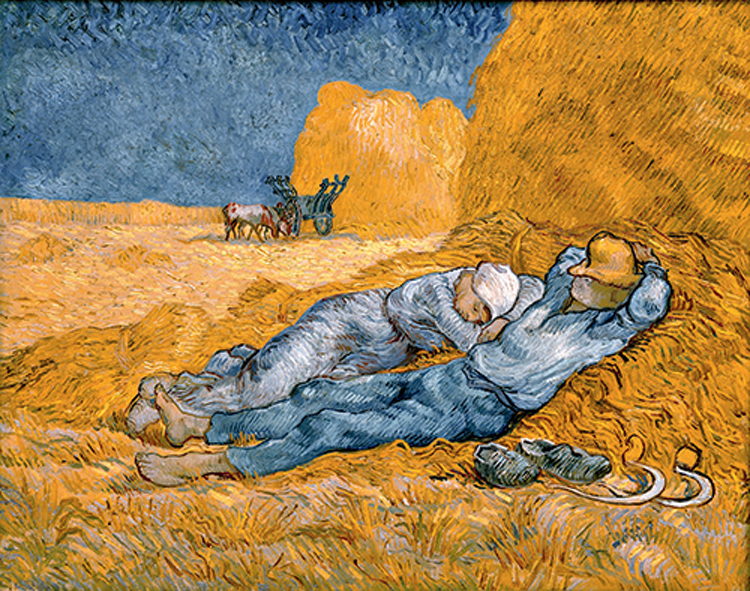Kumbhakarna, had he been awake, would have been amused by the perplexity of artists, writers and philosophers over what came naturally to him — sleep. Significantly, one of the earliest examples of the ‘literature of slumber’, a short story by the American author, Washington Irving, is in its bicentenary year. Rip Van Winkle, who falls asleep for 20 years, missing, among other momentous events, the American Revolution, made an appearance this month two hundred years ago.
Over the years, visual arts and literature have converged in illuminating ways as far as interpretations of sleep are concerned. Upon awakening, Irving’s Van Winkle turns into an object of curiosity and ridicule: he nearly gets into trouble with villagers after proclaiming his fidelity to a monarch in a post-revolutionary society that had ushered in democracy. Being the quintessential Man out of Time, Van Winkle is vulnerable: this idea of vulnerability induced by sleep has also been explored by Botticelli in Venus and Mars where the god of war, incapacitated by slumber, is transformed into a figure of derision, the kind suffered by Irving’s creation.
Is that why Keats took pity on sleepers? He equated sleep with repose. John Singer Sargent complemented Keats’s theory on sleep in Repose, representing slumber as a wondrous state of rest and regeneration.
However, all may not be well with sleeping logs. Shakespeare, forever upending set ideas, blurred the line between sleep and death in Macbeth, Lear and, most tragically, in Romeo and Juliet. Centuries later, torment and sleep, more specifically dreams, remained inseparable. Francisco Goya’s The Sleep of Reason Produces Monsters is a testimony to the ties between terror and stupor.
The richness of the artistic discourse on sleep stems from — Kumbhakarna got it right — human befuddlement. Sleep, for instance, challenges industriousness, the very fuel that has kept the wheels of civilization turning. Cervantes also noted that sleep was almost universal, a habit shared by prince and pauper; it is, in the memorable words of Sancho Panza, “the balance and weight that equals the shepherd with the king, the simple with the wise.”
Dickens, an insomniac, had other ideas. Sleeplessness in the Dickensian world was a virtue, an insignia of the fecundity of the mind. In Sleep and the Novel, M. Greaney noted Dicken’s propensity to turn sleep comic. Is that why Kumbhakarna’s supine figure evokes giggles across yugs?










